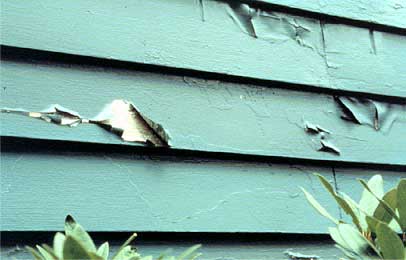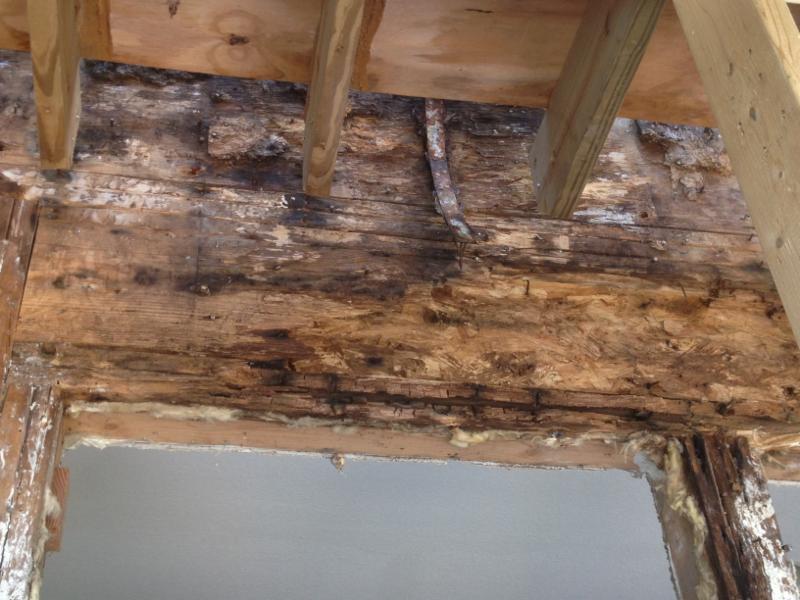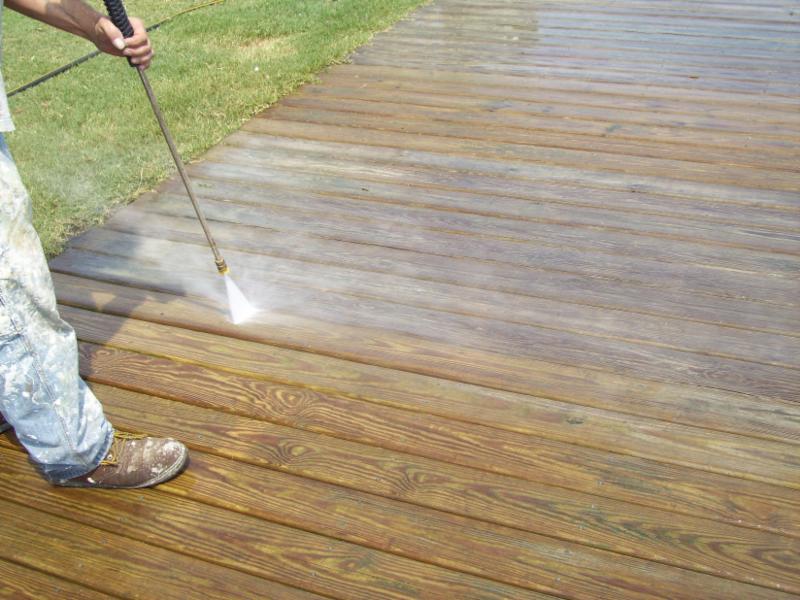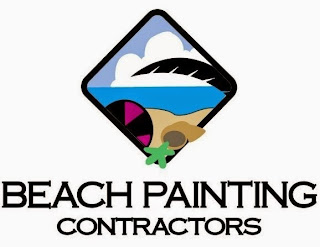With the approach of winter, this is the time to hire a contractor for any painting or carpentry jobs that you might want to have done before the next rental season. As you probably know, it can be difficult to get estimates in the spring on the Outer Banks, since most reputable contractors will be booked.
Do yourself a favor and take the time to scrutinize the companies that you invite to bid on your work. Not all companies can competently estimate the work they perform. It may not seem that a low-ball price should be of concern to you, but that is usually far from true. What happens when the contractor figures out he’s blown the budget…or if he runs out of money? Often this results in the contractor cutting corners (proper prep work is usually the first thing to go) and you may end up with a paint job or repair that only lasts long enough for him to cash your check.
Many residential contractors don’t have the knowledge, skill, or time to accurately measure and apply production rates, so it’s no surprise that they are simply guessing rather than estimating their jobs. In some cases, that guess may be an educated one, but it is still just a guess. If you have ever hired a contractor, you know that the estimates can vary wildly in scope and price.
To estimate properly, a contractor must first measure all components of the work and apply the proper production and material spread rates. While this isn't very complicated, it does require plenty of time to accumulate the necessary data to establish these rates. For many small business owners, this simply never happens. Often they are too occupied working for the business rather than working on the business.
Look for professionalism in any
contractor proposing to work on your home. It’s usually easy to spot. A
contractor either has it, or he doesn't. When evaluating a proposal, look for
the following:
- Is the proposal articulate? If the contractor can't explain the scope of work or the proposed materials and methods, will he be able to effectively manage the work?
- Does the contractor have insurance? Even the best contractors have occasional mishaps, but how these mishaps are handled is what separates the good from the bad from the ugly.
- Longevity. Will the contractor still be in business if you have a warranty claim?
- Trade organizations and references. If the contractor is a member of the local Homebuilders' Association or Chamber of Commerce, then he is likely serious about his business and has references you can contact. Your painting contractor should also be a member in good standing with the Painting and Decorating Contractors of America (PDCA). You can access a list of PDCA members in your area or call 1-800-paint-job.
The best price isn't always the best
deal - especially if you have to call a professional to finish a job when
the original contractor won't return your phone calls or has gone out of
business. It will cost you more in the long run and the contractor who finishes
the work will not be able to warrant anything done by the previous
contractor.




























